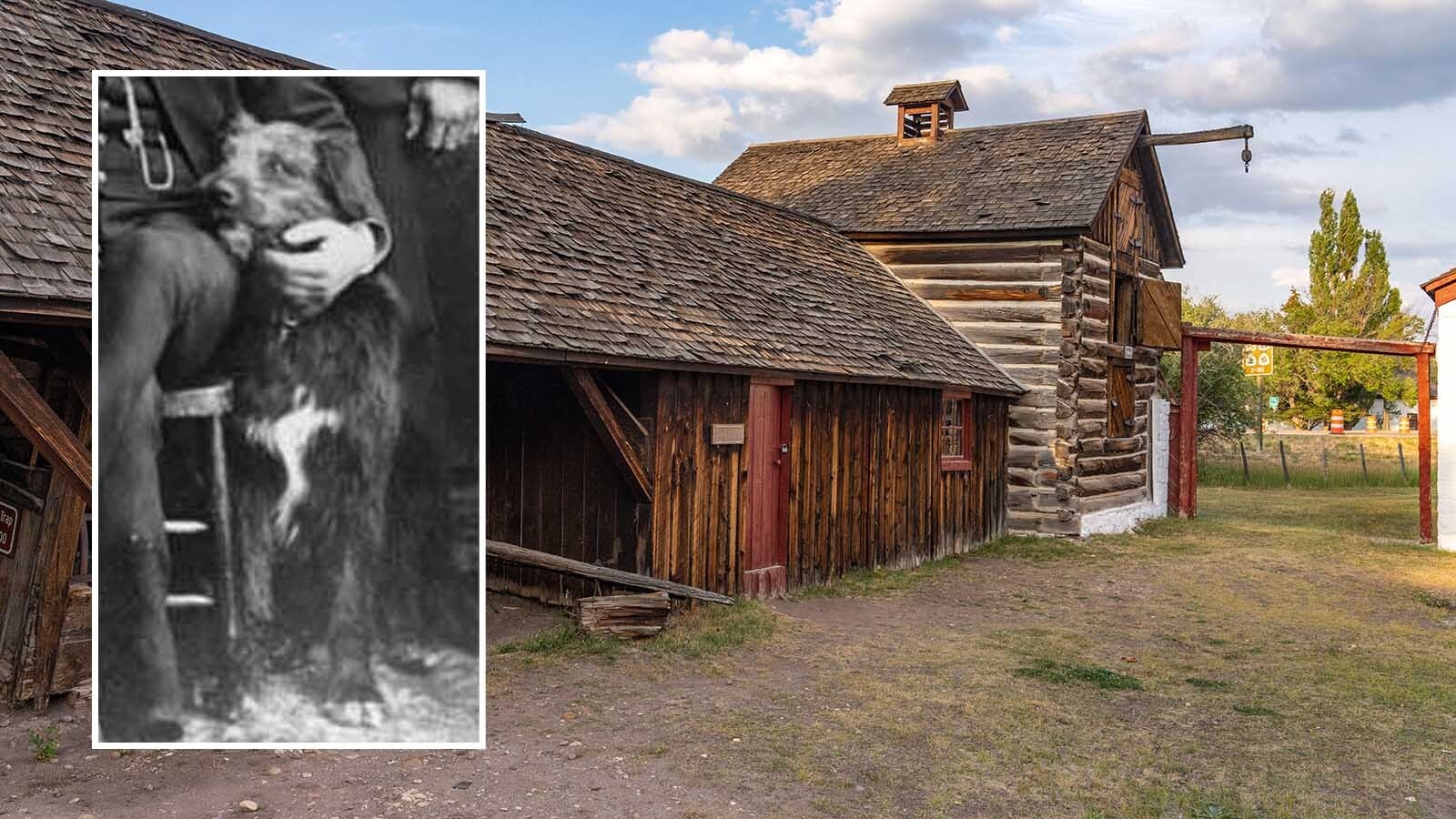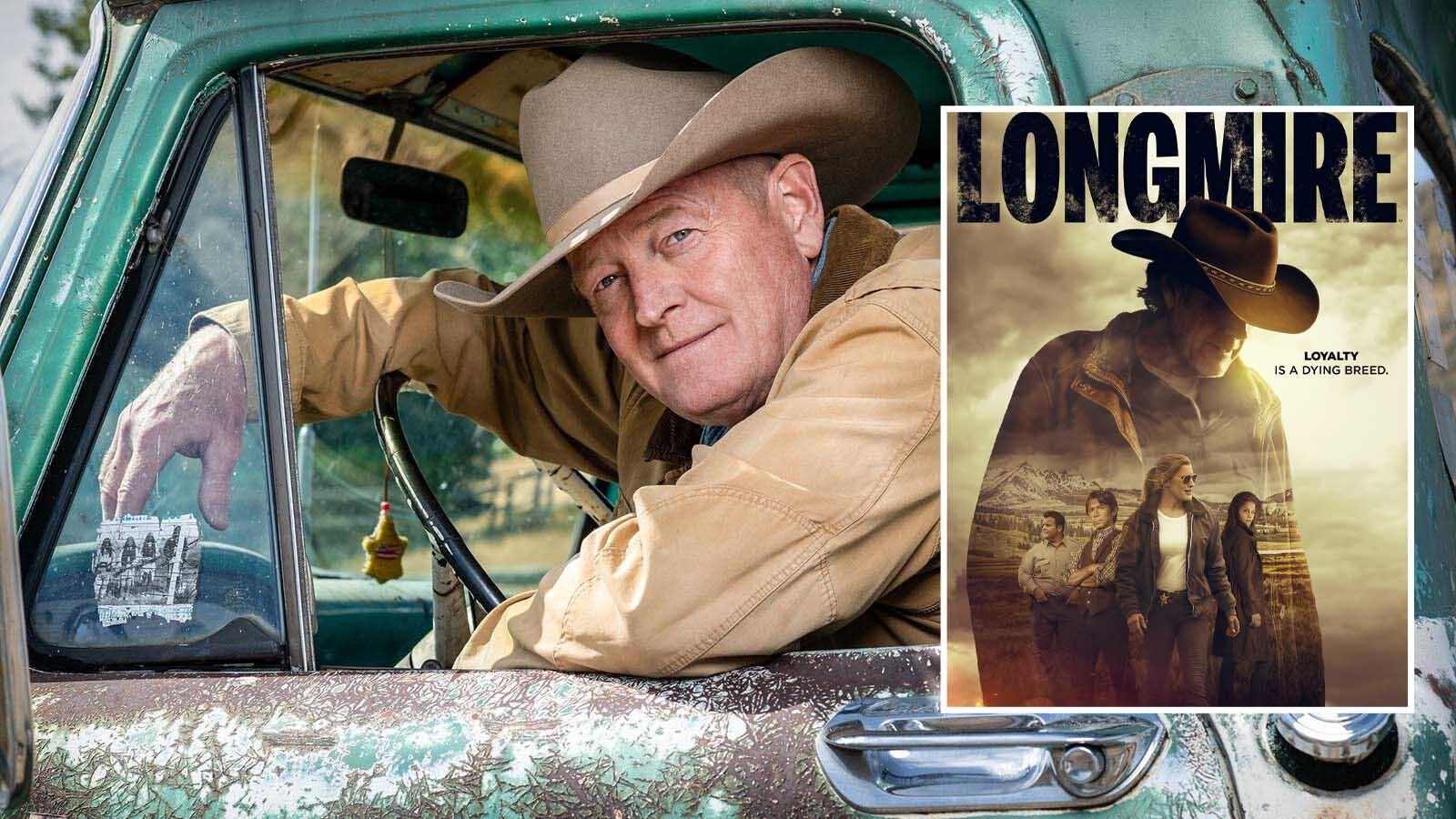As real estate agents say, location is everything. And it’s at the heart of what makes this little mountain mission such a gem of a church.
A sanctuary born of practicality that later blossomed into a legacy structure with a starring role in a major motion picture, it has been preserved for future generations for its “great artistic value.”
The Chapel of the Transfiguration is a tiny log cabin church at the base of the Tetons in Jackson Hole. The notable structure turns 100 years old next summer.
It makes numerous “Best” lists for its nature-inspired aesthetics as well as its historical significance. It received designation in the National Register of Historical Places in 1980.
The rustic log chapel sits on a rise within the southern entrance of Grand Teton National Park near the town of Moose, Wyo. Oriented to face southeast, the chapel was sited to frame a view of the Cathedral Group of the Teton Range peaks in a large window behind the altar.
The church is built of lodgepole pine with pews of quaking aspen—all materials locally sourced. The T-shaped chapel has exposed log interior walls with stained glass windows on either side.
The main attraction, however, is the picture frame window behind the altar. Most houses of worship would commission their “Michelangelo” piece of artwork here but what work of man could outshine the Tetons themselves?
Built and owned by St. John's Episcopal Church as a more convenient alternative to the 25-mile ride for Sunday service in Jackson, the church has welcomed countless cowboys, dudes, and many a bride and groom in its 99-year legacy.
How Did It Get There?
What is a church doing in the middle of a national park? As with many buildings and private land ownership within Grand Teton National Park, the chapel and the one-acre plot it sits on, was grandfathered in before the park’s federal designation.
Before the formation of the park—in fact, preliminary talks were being held at that very time—a good many families and dude ranches had sprouted up around the area soon to be called Moose, about 20 miles north of Jackson.
At that time, in the early 1920s, the town of Jackson was well established as a community hub and so was Kelly. But many of the recreational activities and especially the early dude ranches, were all sprinkled well north along the ramparts of the Tetons for that magnificent view.
Present-day Moose was once known as Menor’s Ferry in deference to the brothers who operated a limekiln and a river ferry, the only crossing of the Snake River for many miles. These outlying dude ranches had formed the backbone for Jackson Hole's early tourist industry.
Back then, you could find a bar, even a good place to eat. But a church? That was another story. And the story generally goes like this (with liberties taken as to how exact conversations might have gone) …
It’s 1920. The well-to-do Mrs. Gertrude Woodward, wife of doctor and real estate developer George Woodward II, is bumping along the rutted sagebrush road that would one day become Highway 191.
Her buckboard is being piloted by a local dude rancher named Frank Williams who seems almost apologetic about the jostling on the 50-mile roundtrip from Woodward’s summer home in the Leigh Lake area and St. John’s Episcopal Church in downtown Jackson.
“Wouldn’t it be nice if we had a little church here at Moose?” Mrs. Woodward asked the man holding the reins.
“It sure would save a lot of travel. Why don't you build one?” Williams answered.
Mrs. Woodward sat quietly in thought for a moment and then responded, “Maybe I’ll do that.”
Idea Takes Shape
Mrs. Woodward discussed the idea with her husband George. Receiving support, she first approached a dear friend and old school chum Maud Noble.
Noble and Woodward were both from affluent Chestnut Hill, Penn. Noble stayed with Woodward during a trip to Jackson Hole in 1915. The following year, Noble made the permanent move. By 1919, Noble had purchased land from the Menor brothers,
Noble was onboard with the idea of a local church and even donated an acre of her Menor property purchase to the cause. After all, she had received a $12,000 loan from Mrs. Woodward to make the real estate purchase to begin with.
The idea germinated for a few years until one fateful Sunday in 1923. Menor’s Ferry had broken down and churchgoers had to detour using the much longer and even bumpier Moose-Wilson Road.
Fundraising began in earnest. Mr. and Mrs. C.B. Voorhis, of Pasadena, California, took a particular interest and made a sizable donation to the cause. The Voorhises had a beautiful ranch on Torrey Lake outside Dubois, Wyo., and they also loved to spend time in Jackson Hole.
Early spring 1925, Archdeacon R.H. Balcom arrived to take charge of the project. He and Mr. Voorhis designed the chapel using Our Father's House in Ethete on the Wind River Indian Reservation as inspiration.
St. Michael's Mission (Our Father’s House) was finalized in 1920 with the permission of Shoshone Chief Washakie. That church featured a large window behind its altar framing the Wind River Mountains.
As a sidenote, cyberspace perpetuates a couple of inaccuracies regarding the architect and builder of the Chapel of the Transfiguration. C.B. Loomis is often incorrectly credited as the designer. He was not. There is likely no such person.
The mistake is probably a portmanteau of sorts of C.B. Voorhis and Lorin Loomis, the latter made famous for his 1917 disappearance. He was later thought to have drowned crossing the Snake River.
In addition, most historical sources fail to cite the builder or simply admit “builders unknown, likely local ranchers.” It’s a terrible injustice to the man who actually had the knowledge and skillset to lead construction of the special church which still stands today.
Historic Building
Early log cabin structures in the Jackson Hole area were cobbled together by settlers of limited construction ability. These pioneers had to be self-sufficient and, though building was not necessarily in their wheelhouse, they did what they could.
Little did these hardy westerners know but they were taking part in a building revolution dubbed the Western Craftsman Movement. The movement is considered an offshoot of the more widely known Arts and Crafts Movement, which flourished as a result of pushback against the machine-made conventions of Victorianism.
The style is most commonly associated with the dude ranches which had sprung up throughout the Rocky Mountain West in America and Canada during the early decades of the twentieth century.
In Jackson Hole, one of the leading practitioners of the craft was Charles Fox (1862-1936). Fox was the first professional building contractor to move to the valley in 1910 and quickly became the go-to guy. Among his numerous projects still standing today is the Chapel of the Transfiguration.
Utilizing a labor force of local wranglers and ranchers, Fox had lodgepole logs cut from nearby Timbered Island.
The chapel complex is composed of the chapel itself, an entrance canopy that incorporates a small bell tower and a storage shed. The bell, cast in 1842, is from St. Barnabas Church, Irvington, N.Y.
The chapel can be found mostly as it was when it first welcomed cowboys in 1925. An expanded bride’s cabin was added in 2006. An organ was donated by parishioners in 2009. Every 10 to 15 years the buckrail fence needs replacing.
Achieving Notoriety
The chapel is named for the biblical story of the transfiguration which can be found in three of the Synoptic Gospels (Mark 9:2–13; Matthew 17:1–13; Luke 9:28–36).
It remains a functioning place of worship open to the public 24 hours a day with regular services on Sundays from late May through late September. A rotating group of visiting chaplains lead worship at 8 a.m. and 10 a.m.
Two things helped catapult the church into widespread cultural significance and make it a popular tourist destination.
It played a primary role in the movie “Spencer’s Mountain” which filmed in Jackson Hole in 1963, and featured Henry Fonda and Maureen O'Hara. The chapel is plainly visible in several scenes and boosted visitation during the ‘60s and ‘70s.
Already a popular wedding choice, the 65-seat chapel has more lately become a favorite of newlyweds as a place to be married in. After the New York Times noted the chapel as “one of the country’s best small churches to get married in,” ceremonies now number around 50 a year.
The somewhat larger Chapel of the Sacred Heart was built in the park in similar rustic style near Signal Mountain by the Our Lady of the Mountains Catholic Church of Jackson in 1958.
To visit Chapel of the Transfiguration, watch for the sign immediately upon entering Grand Teton from the Moose entrance. It is the first righthand turn after passing through the gate.
Jake Nichols can be reached at jake@cowboystatedaily.com.














